They are the main distinctive element, but the gray piperno stones with a particular diamond shape that cover the facade are older than the church.
In fact, they decorated the facade of Palazzo Sanseverino, which the noble family from Salerno had built in 1470 in the center of Naples, on the square from which the minor decumanus began. For the Neapolitan building, Novello da San Lucano had chosen ashlar which only later would become a sought-after decorative motif for Renaissance palaces in Tuscany and Northern Italy. The fall into disgrace of Ferrante Sanseverino, who in 1552 had participated in the popular revolt against the introduction of the Inquisition by the viceroy Don Pedro da Toledo, led to his exile and the confiscation of family assets, including the palace. Which in 1584 passed to the Jesuits (it is not known whether following a donation or a real purchase) in search of a structure for their headquarters in the city. And with the passage to the religious, the second life of that ashlar began. It was the only part of the original building to remain standing, to be incorporated into the new church, designed by Father Giuseppe Valeriano and Pietro Provedi, which took the name of Gesù Nuovo. New, to distinguish it from the pre-existing church of Gesù Vecchio, also in the center of Naples. A little less than two centuries later, the sacred building was renamed Greater Trinity by the Franciscans, who owned it between 1767 and 1804, when it returned to the possession of the Jesuit Fathers. Events summarized in the plaque affixed to the facade, which also refers to the integration into the UNESCO World Heritage Site.

The "mystery" of the ashlar
Of the first Renaissance church, the 16th century portal in white marble has also survived over time. It stands out in the center of the facade on the dark color of the ashlar. A legend tells that the ashlars would have been mounted upside down, so that the negative energies, instead of being rejected, would be attracted to the building, which has known many vicissitudes in its history. Another peculiarity of the ashlar is the presence of some engraved signs whose function has been questioned for a long time. The "mystery" was only revealed in 2010, at the conclusion of an investigation by the art historian Vincenzo De Pasquale, who identified the seven letters of Aramaic, the language of Christ, corresponding to the seven notes. By reading the signs from right to left and from bottom to top, a score for plectrum instruments lasting about three quarters of an hour was reconstructed. Not surprisingly, the composition was called "Enigma". Moreover, Novello da San Lucano was also a composer of Gregorian music.
Having demolished a large part of the Sanseverino structure, the construction of the church began in 1584 and it took more than a decade to arrive at the conclusion in 1597, thanks to the funding of Isabella Feltriadella Rovere, wife of one of the last exponents of the Sanseverino family. For the consecration we still had to wait, until 7 October 1601, with the dedication to the Immaculate Conception.
The sumptuous Baroque interior
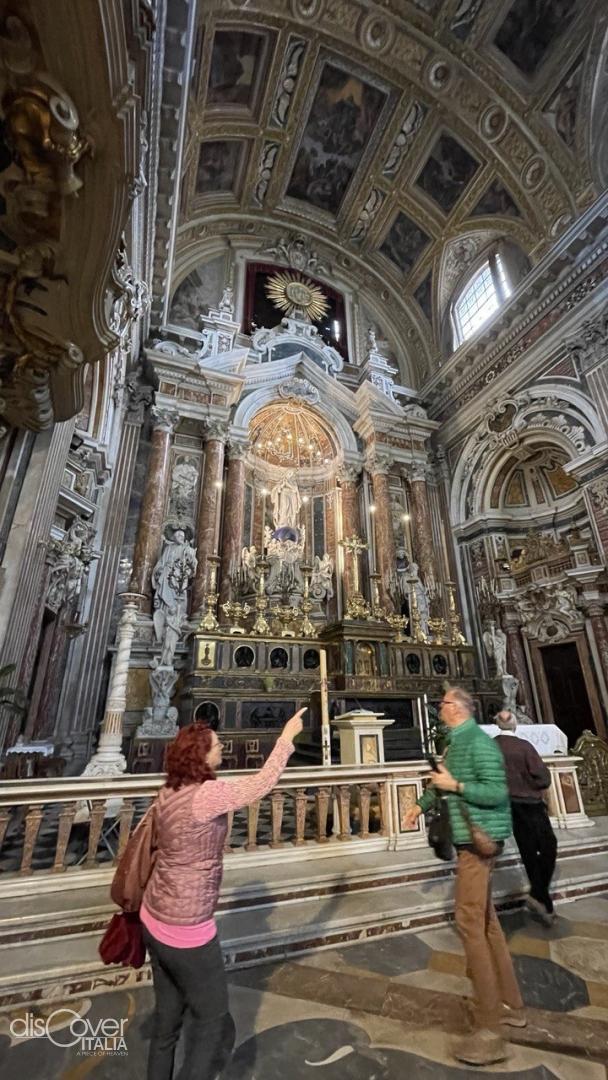
The interior of the church is the result of the contribution of all the great artists of the Mannerist and Baroque periods active in the city. Starting with Belisario Corenzio, author of most of the frescoes. Only the four Evangelists of 1738, frescoed on the spandrels, remain by Giovanni Lanfranco. Massimo Stanzione frescoed the vault of the presbytery with Stories from the life of the Madonna between 1638 and 1740. Cosimo Fanzago designed the brilliant solution for the chapel of Sant'Ignazio di Loyola, where the two monumental sculpted figures of David and Jeremiah lean out from the niches. And in the upper part of the chapel, the paintings by Josepe De Ribera from 1643 stand out, depicting the Stories of the life of Saint Ignatius, which were dramatically affected by the bombings of 1943. Also from Fanzago, in the right chapel dedicated to Saint Francis Xavier there 'is the statue of Sant'Ambrogio. The prolific Luca Giordano painted the canvases above, the result of his Baroque phase, prior to his trip to Spain in 1692. The expulsion of Heliodorus from the Temple stands out on the counter-façade, by Francesco Solimena in 1725. In the chapel of Sant'Anna, they are kept two large reliquaries with 64 wooden busts of painted saints, inserted within a spectacular apparatus of carved and gilded frames, signed by Domenico Di Nardo.
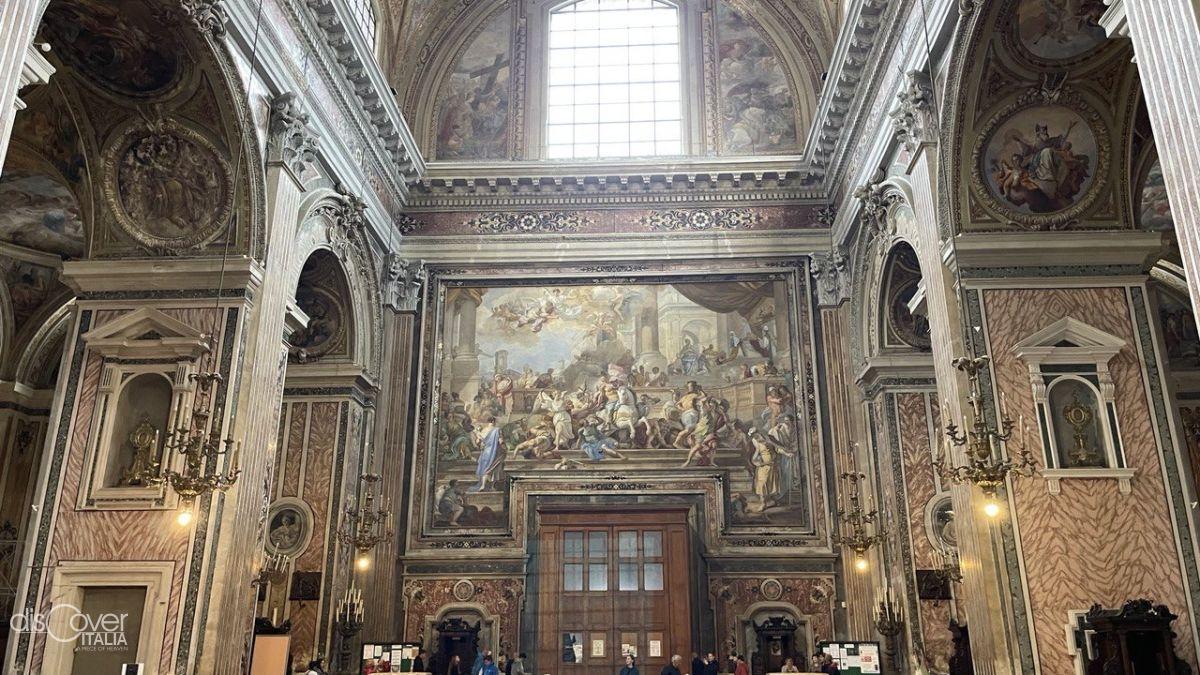
The cult of San Giuseppe Moscati
The chapel of the Visitation is dedicated to the cult of the Neapolitan doctor Giuseppe Moscati, canonized in 1987, who is buried right in the church.
A door from the Cappellone di San Francesco Saverio leads to the Sale di Moscati, where both the room where the Saint welcomed his clients and the bedroom with his writings from the apartment in the house in via Cisterna dell'Olio, in the heart of the city of Partenope.
Information:
open daily from 7:30 a.m. to 1 p.m., and 4 p.m. to 7:30 p.m., with free admission for all visitors.


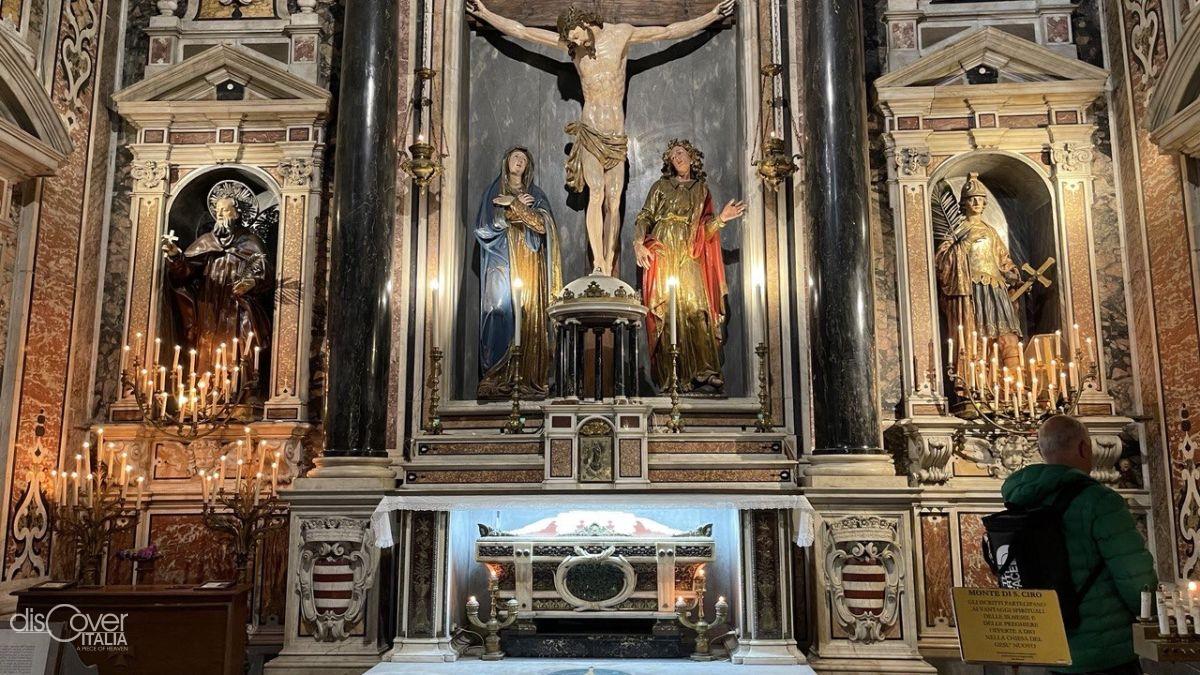
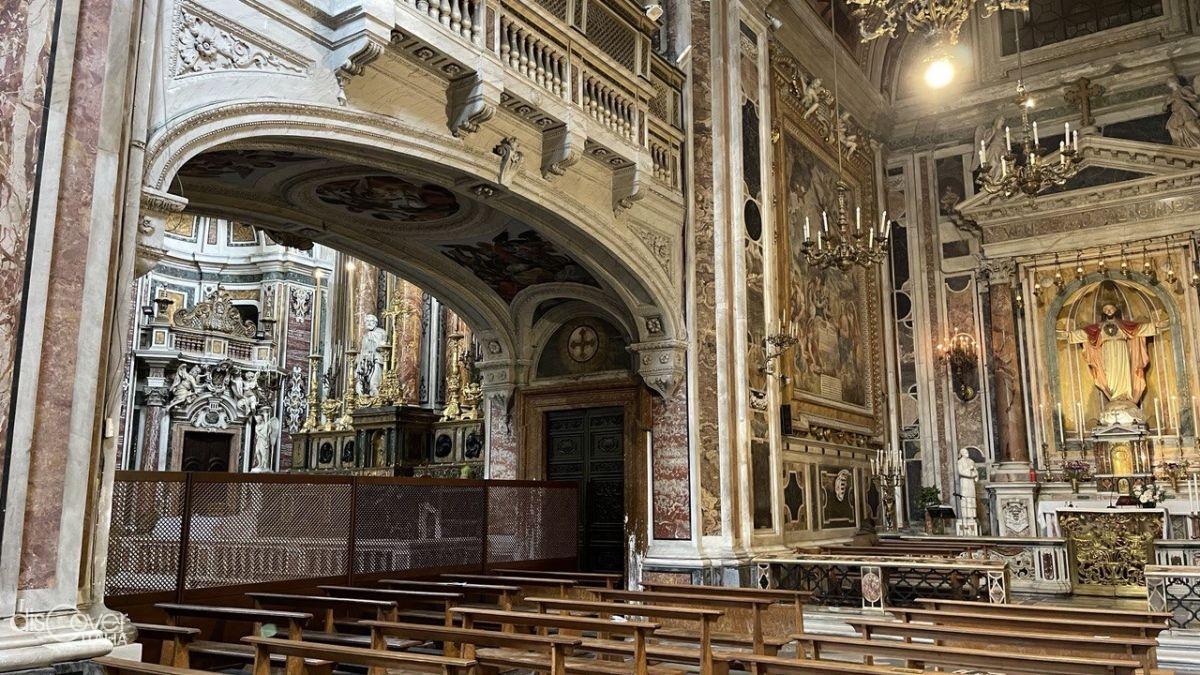
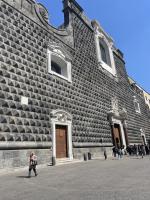


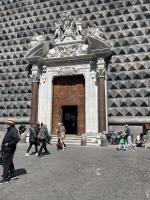


Comments powered by CComment